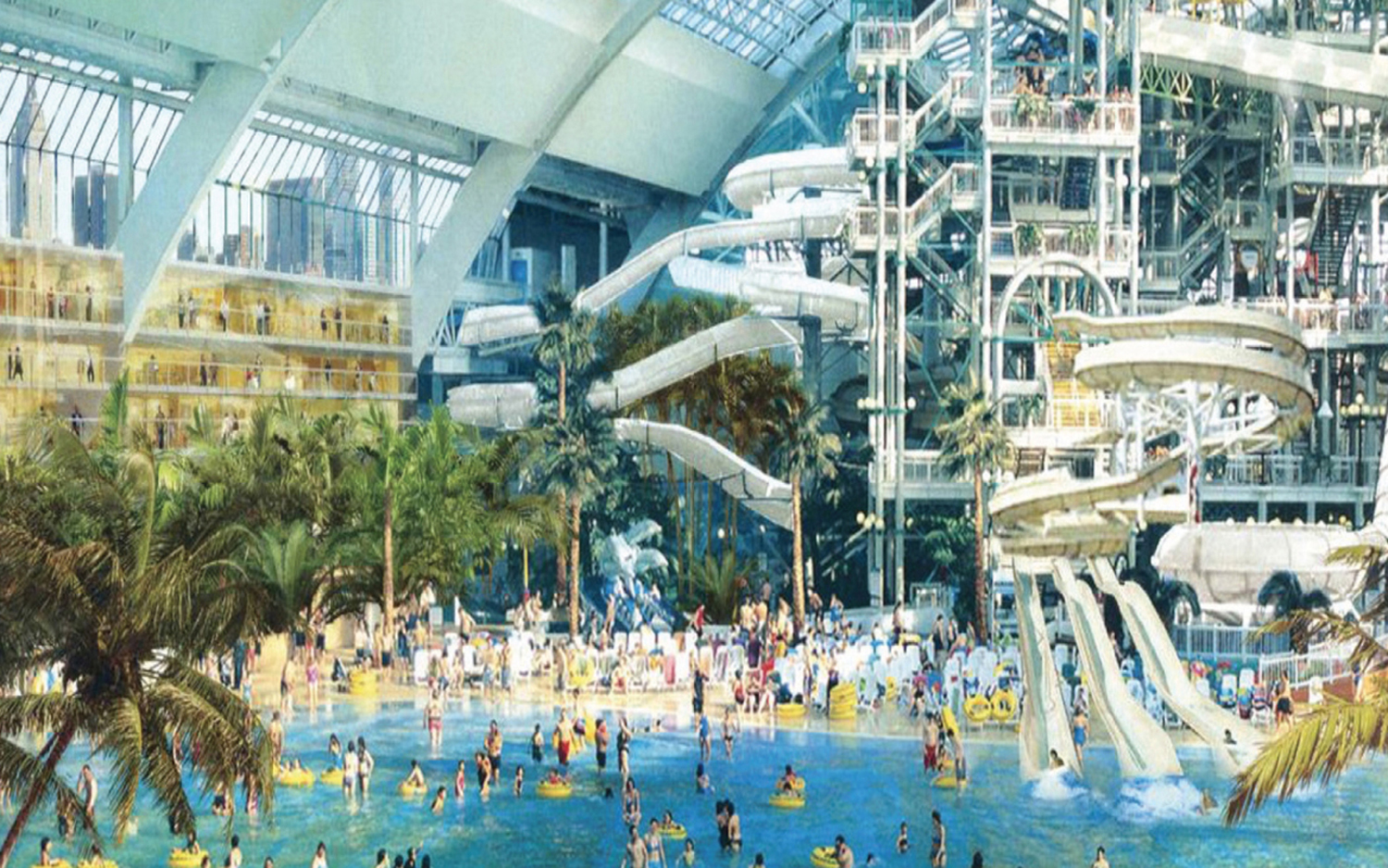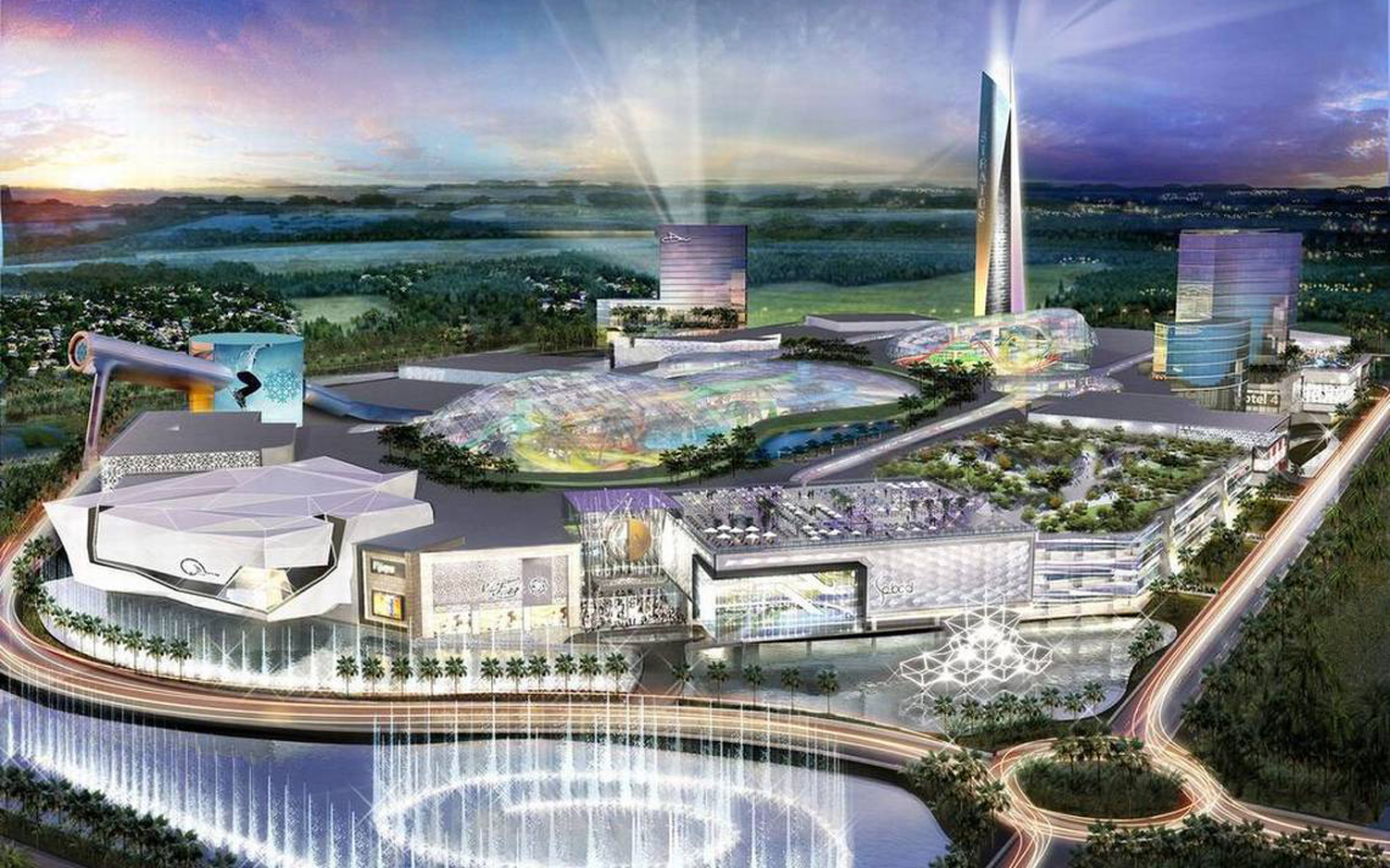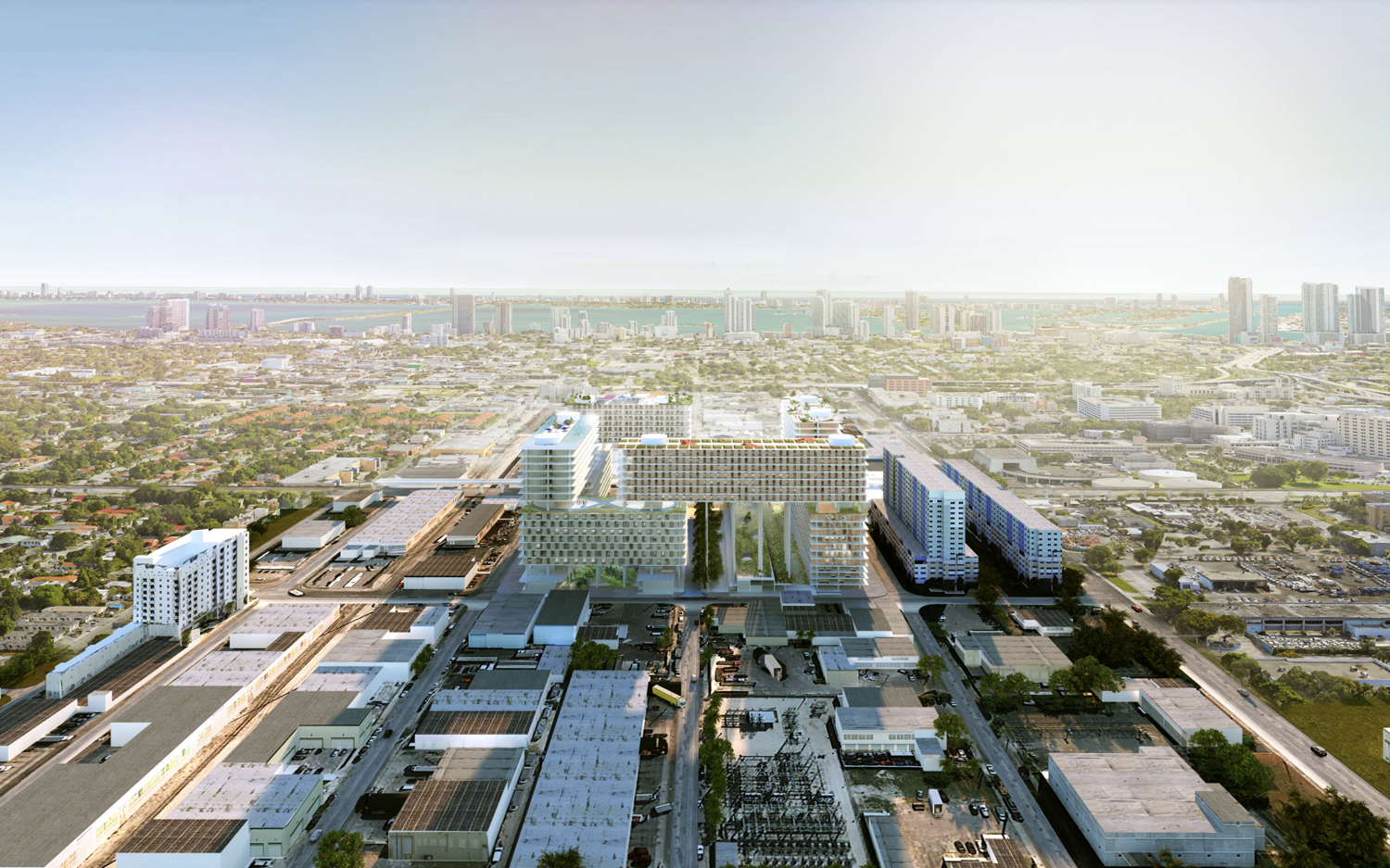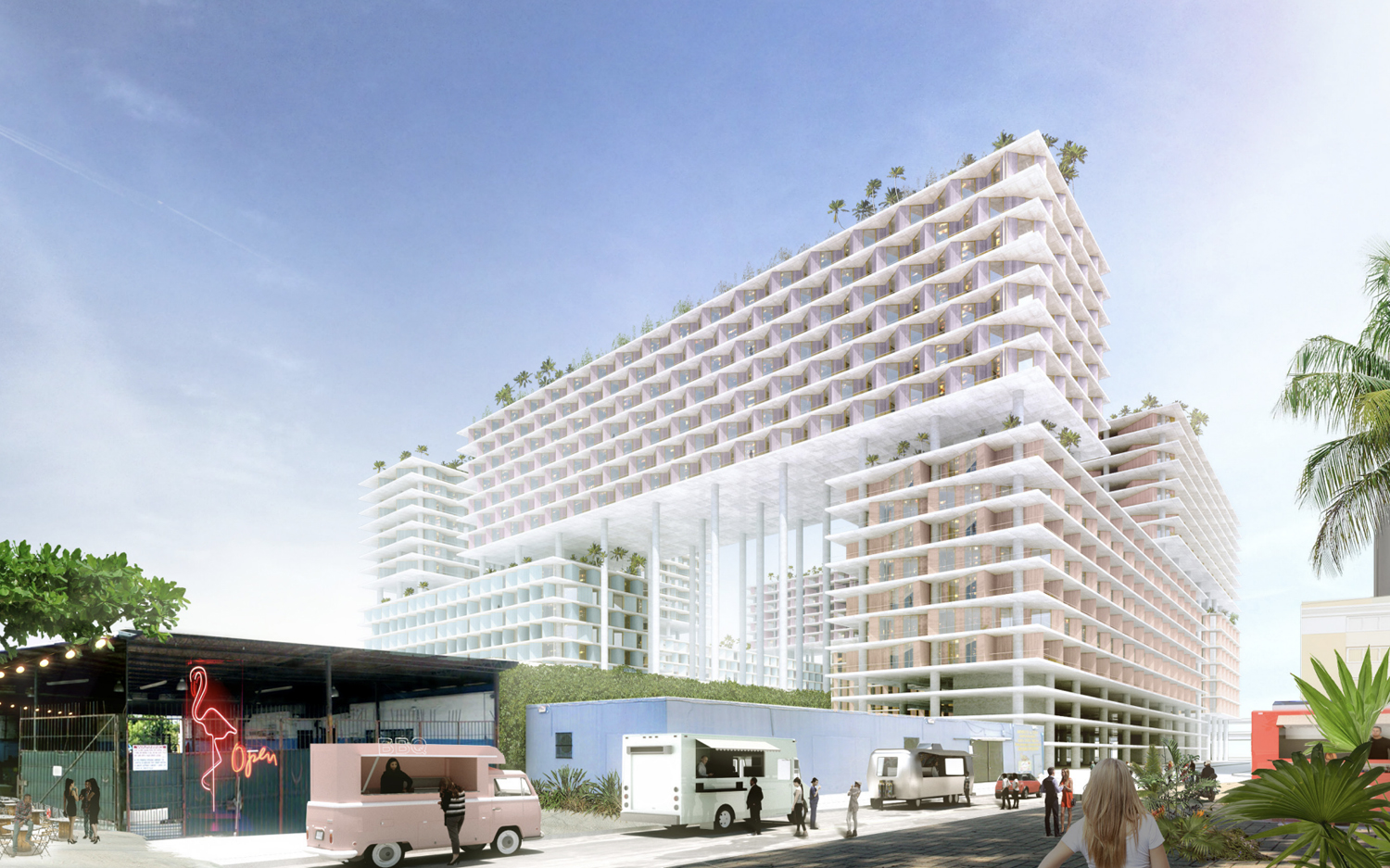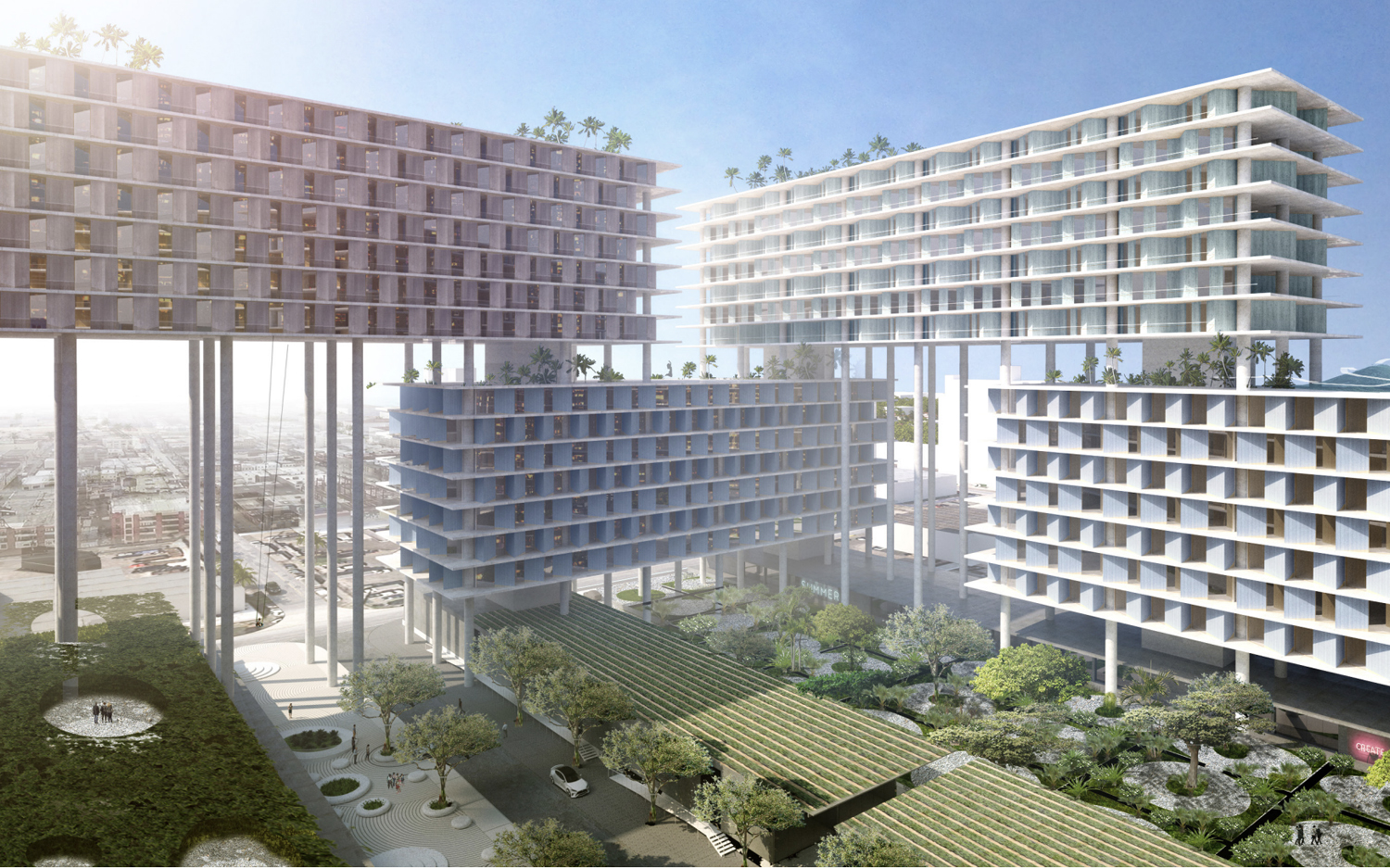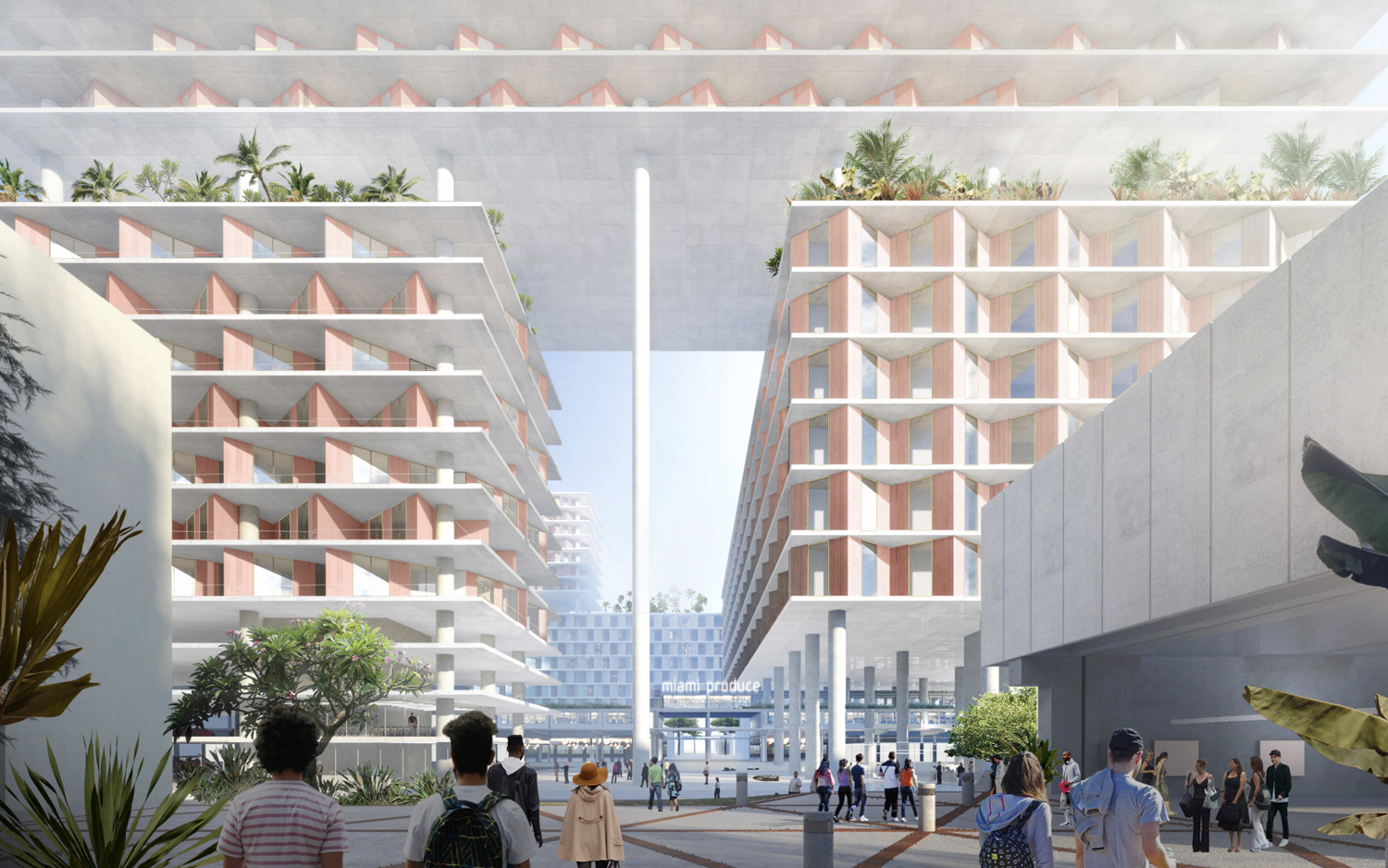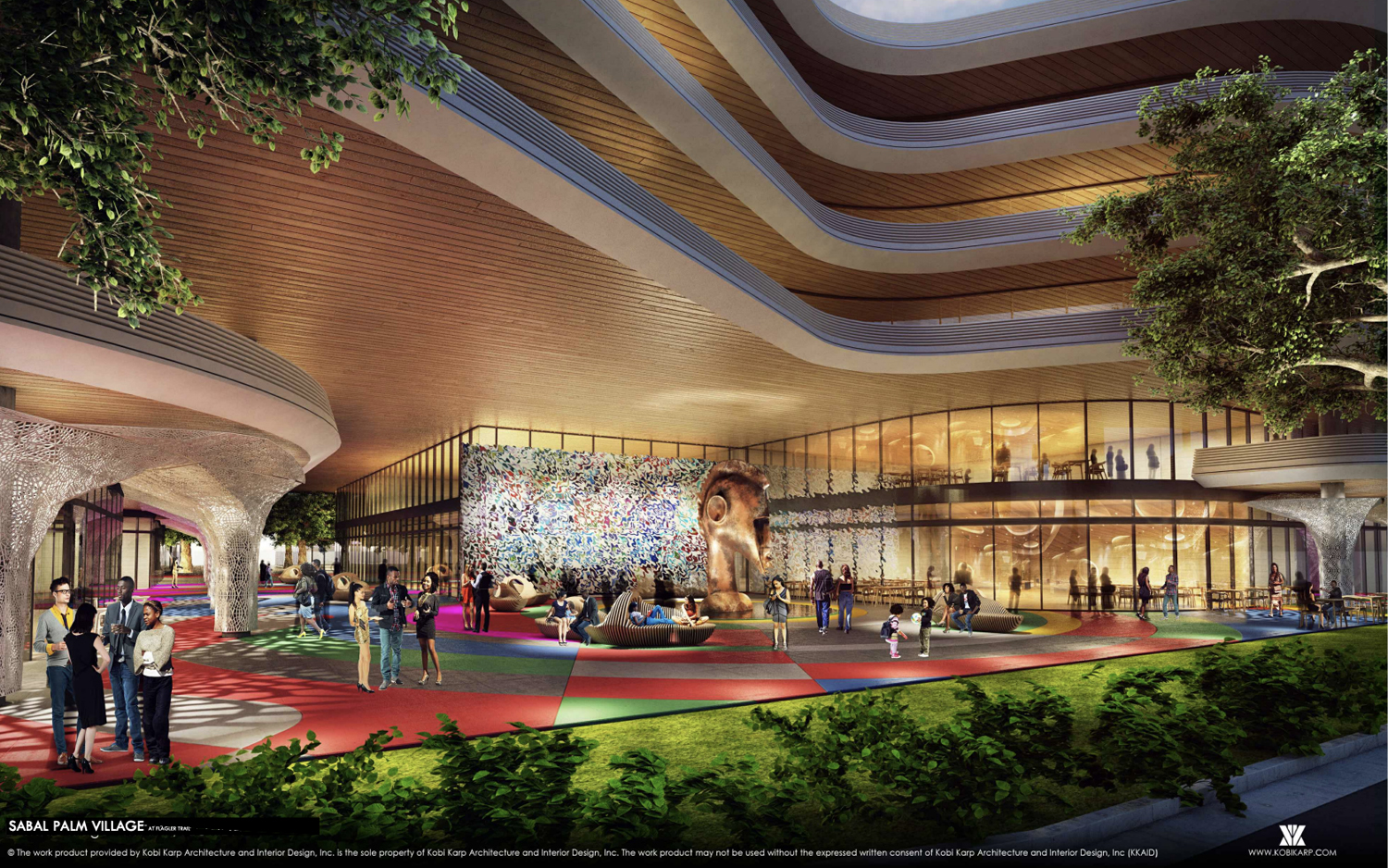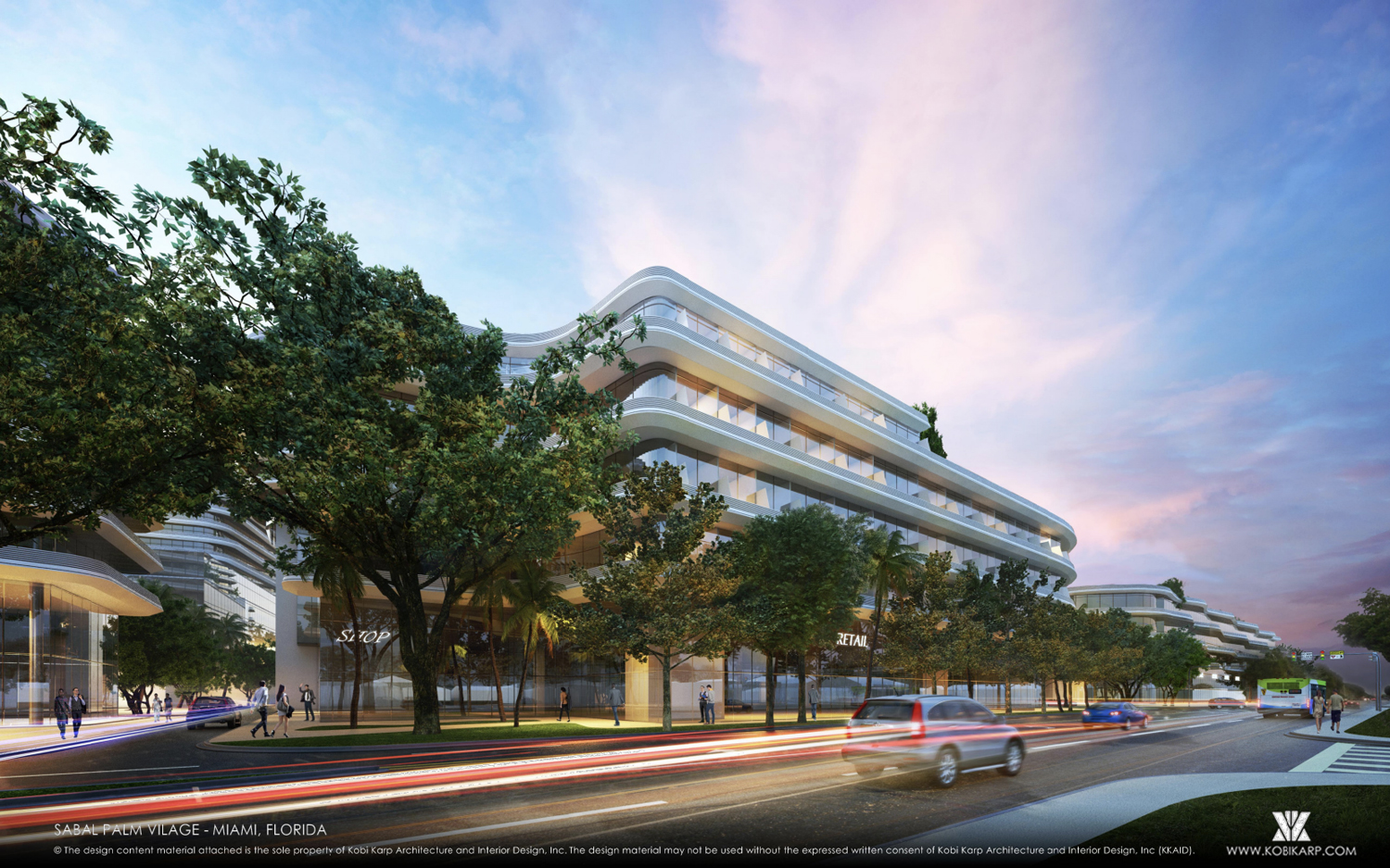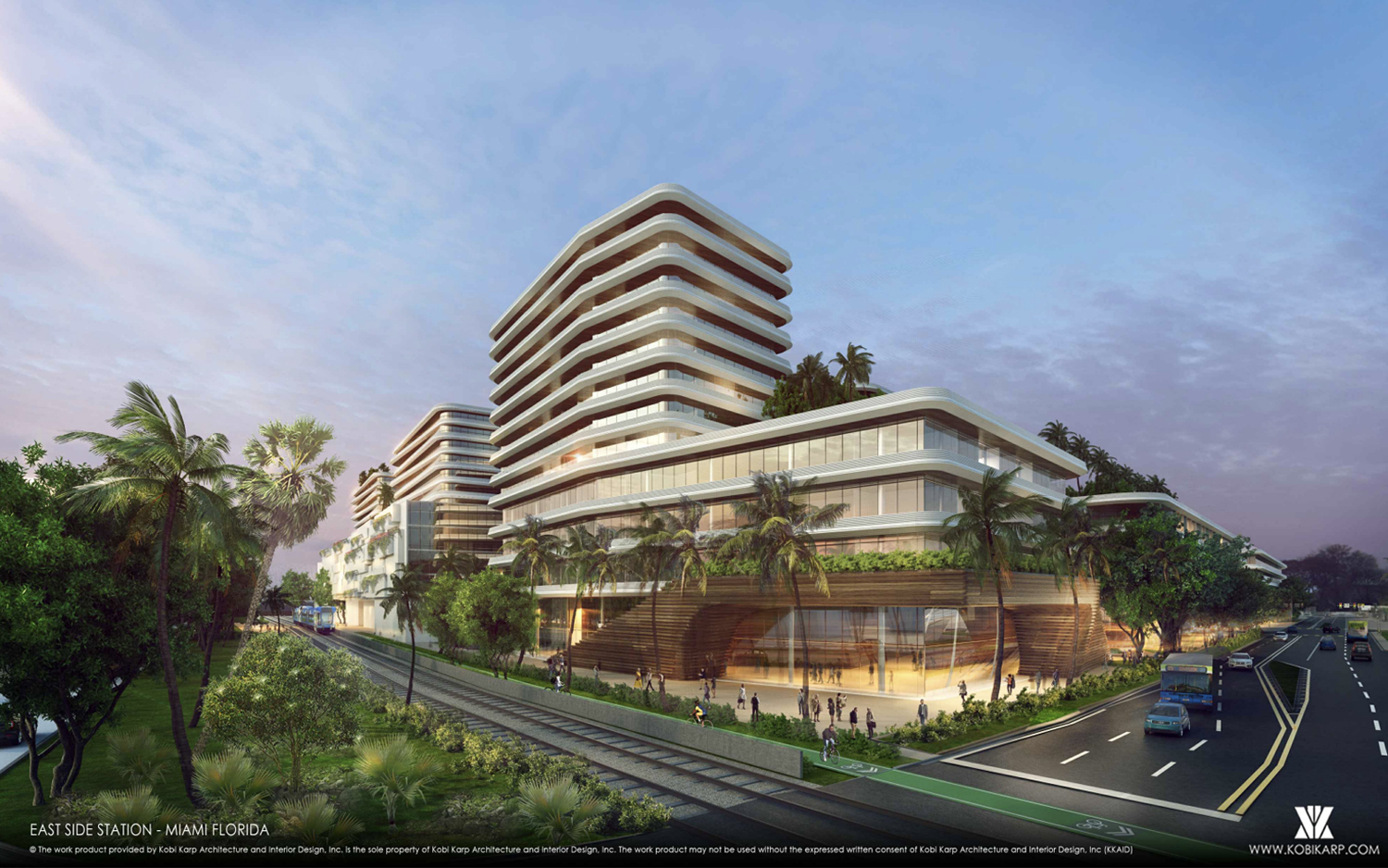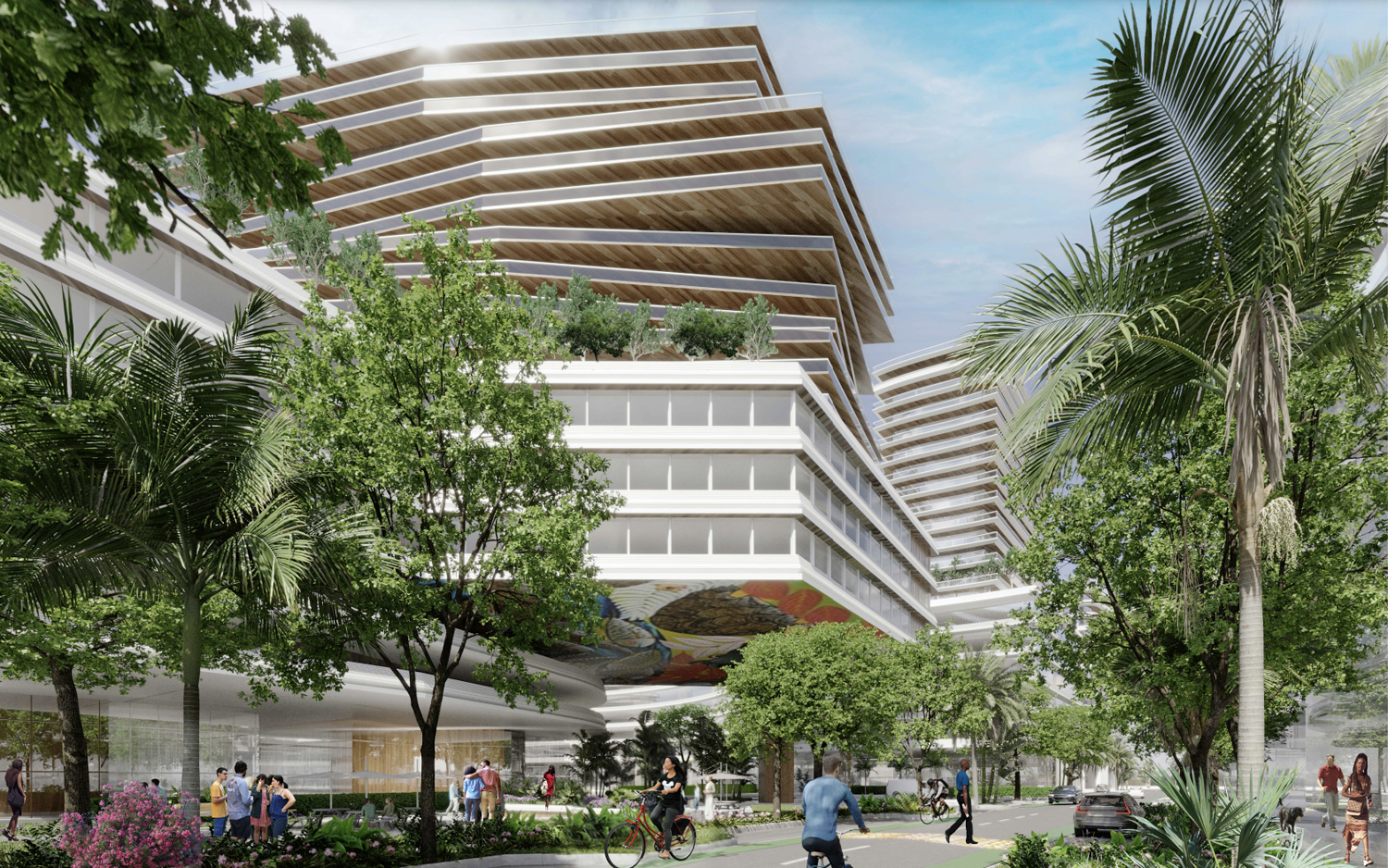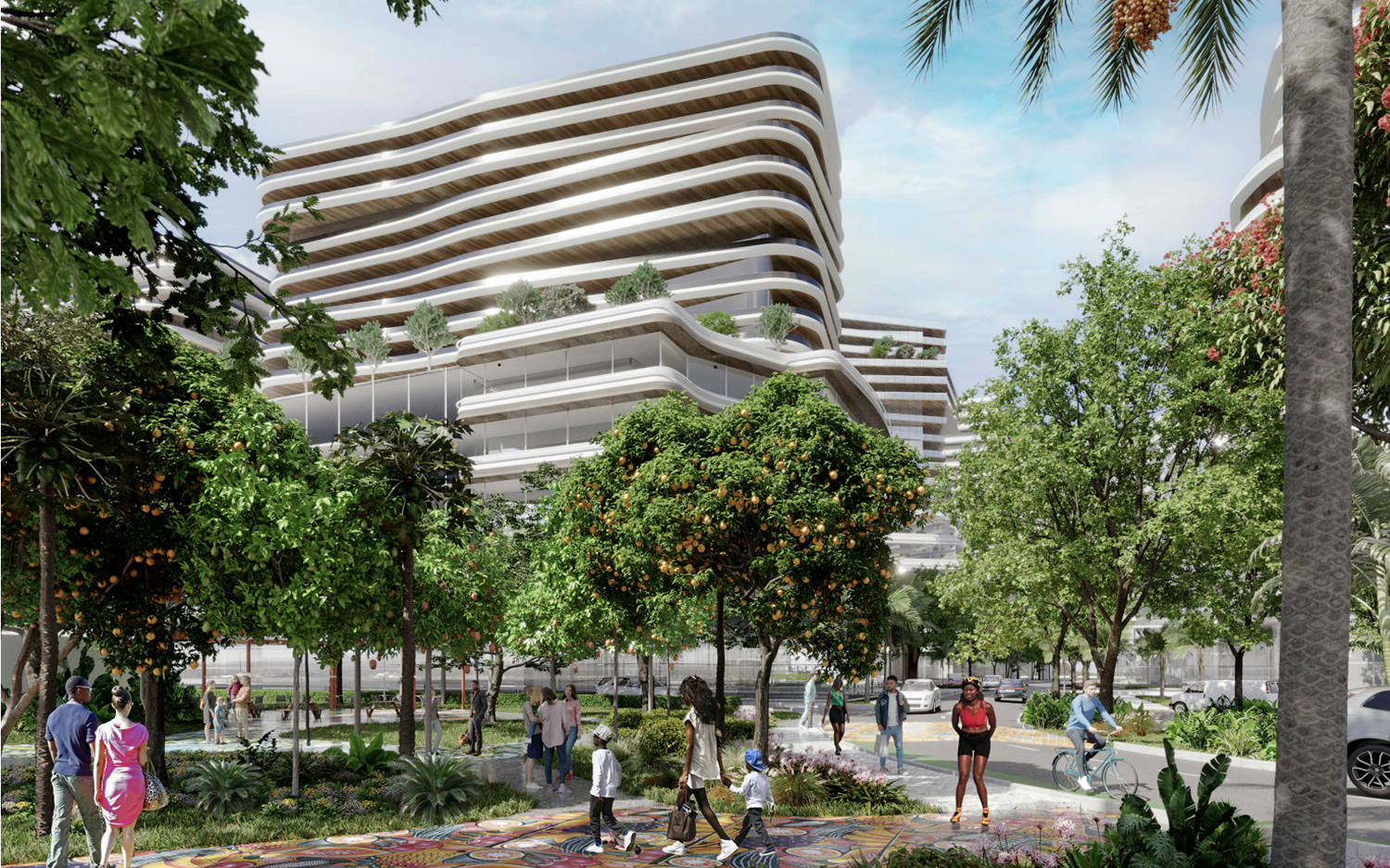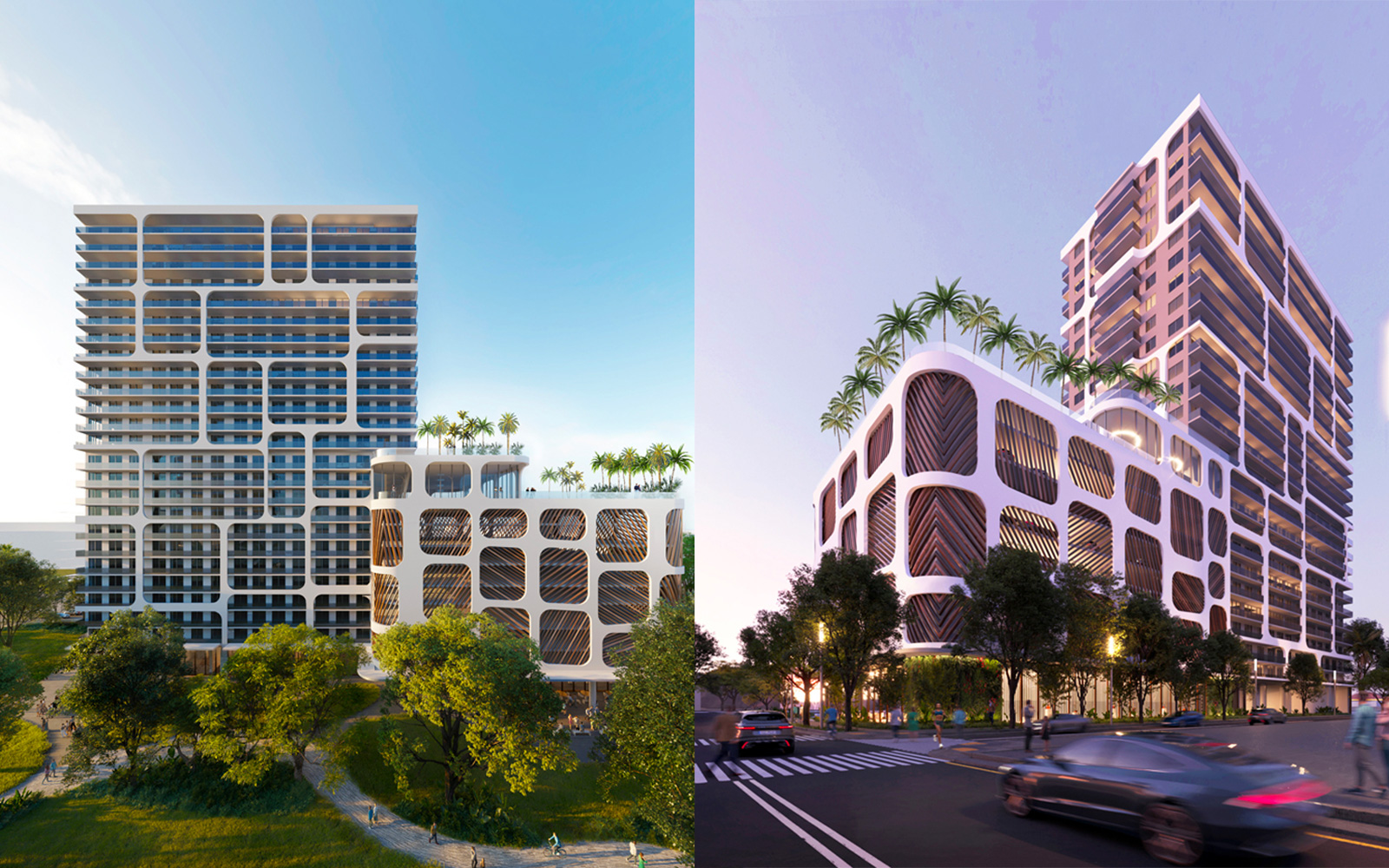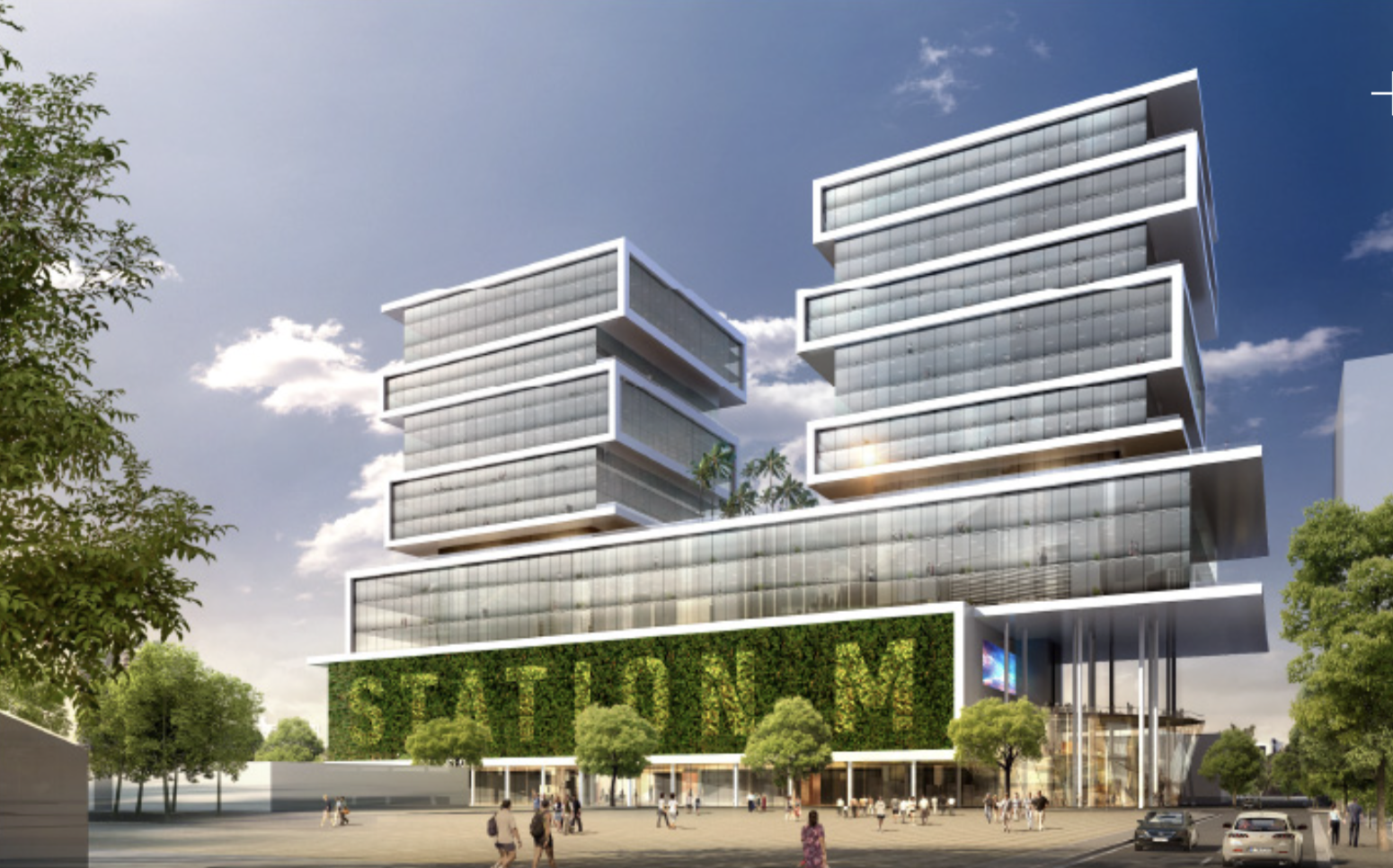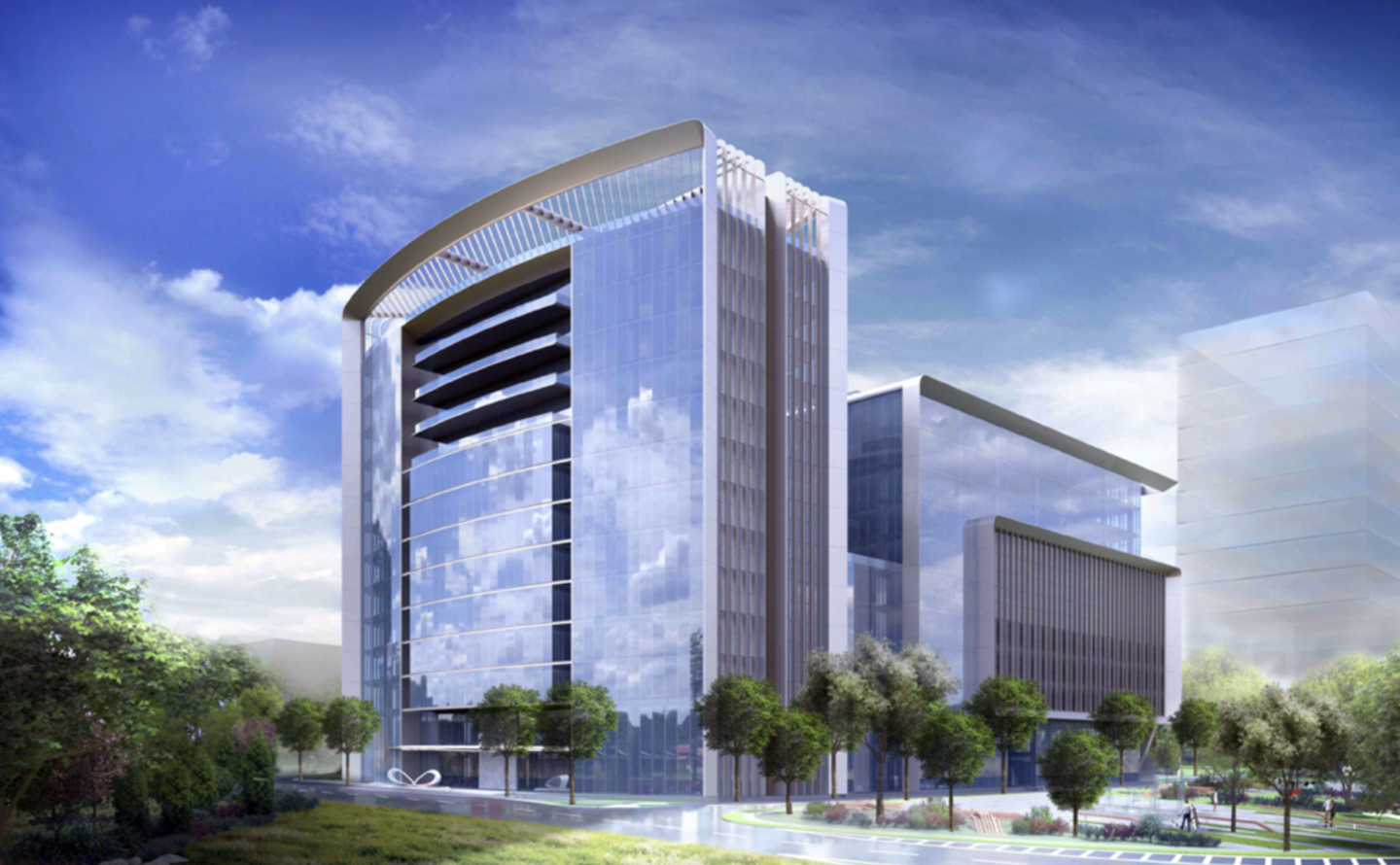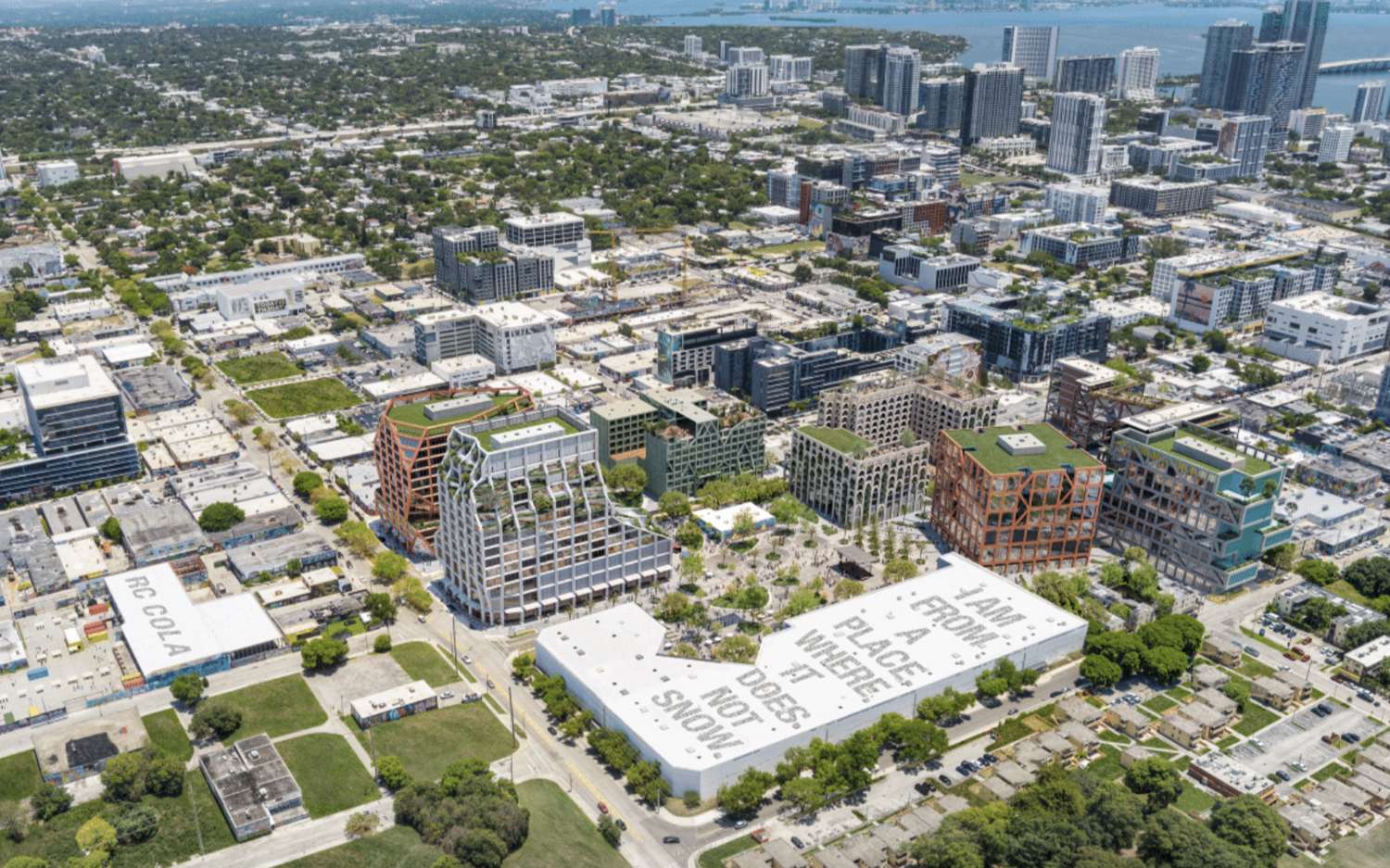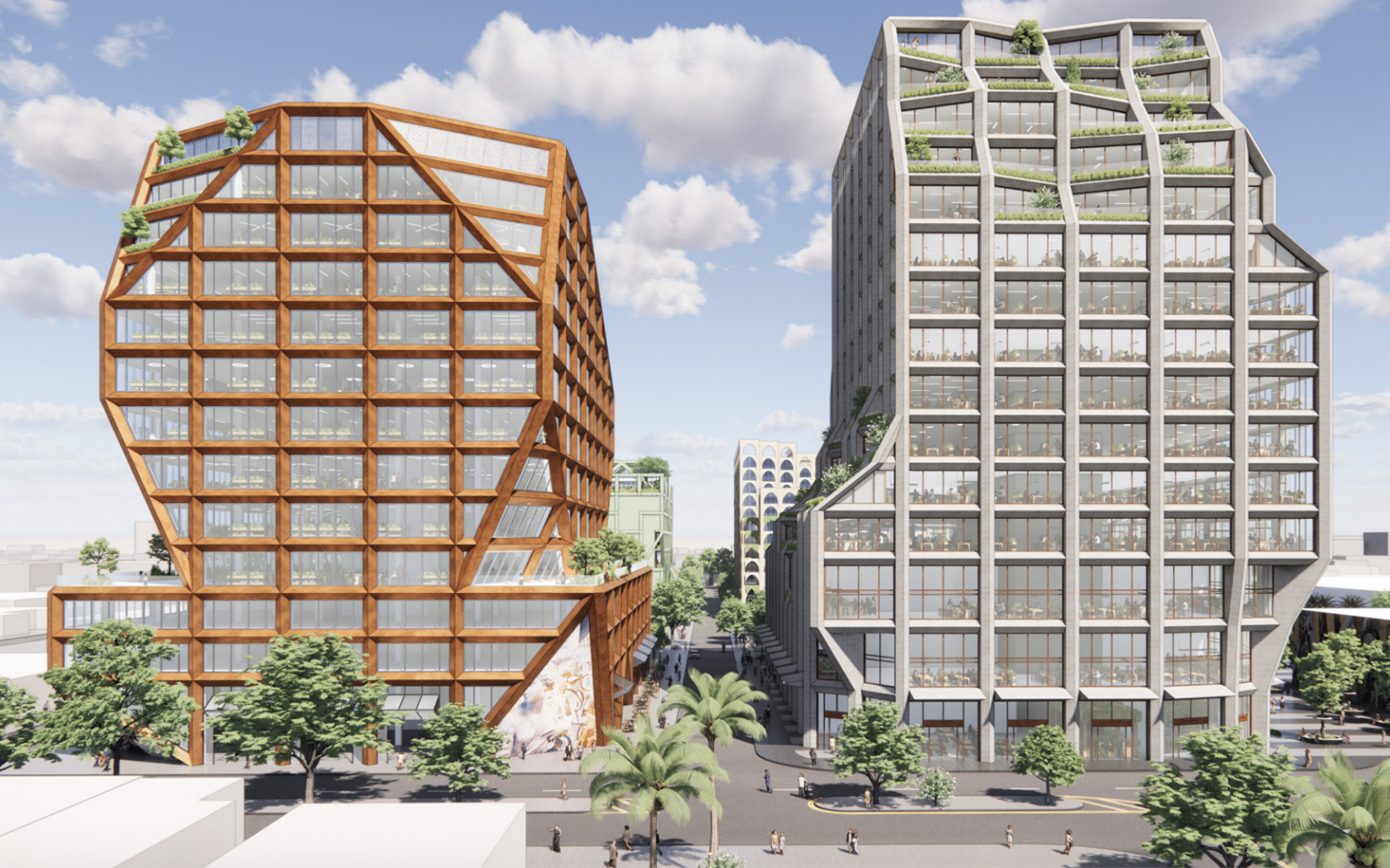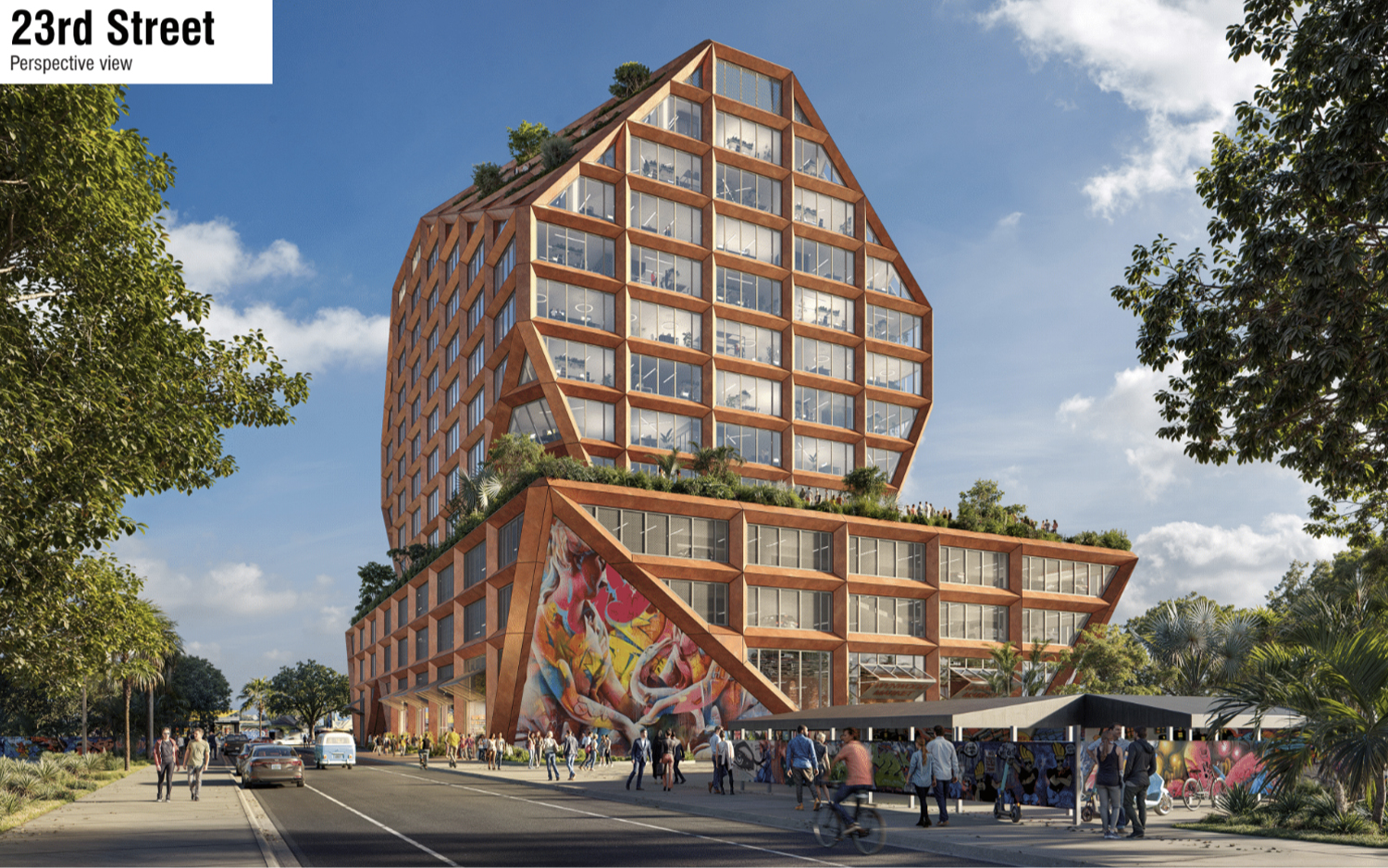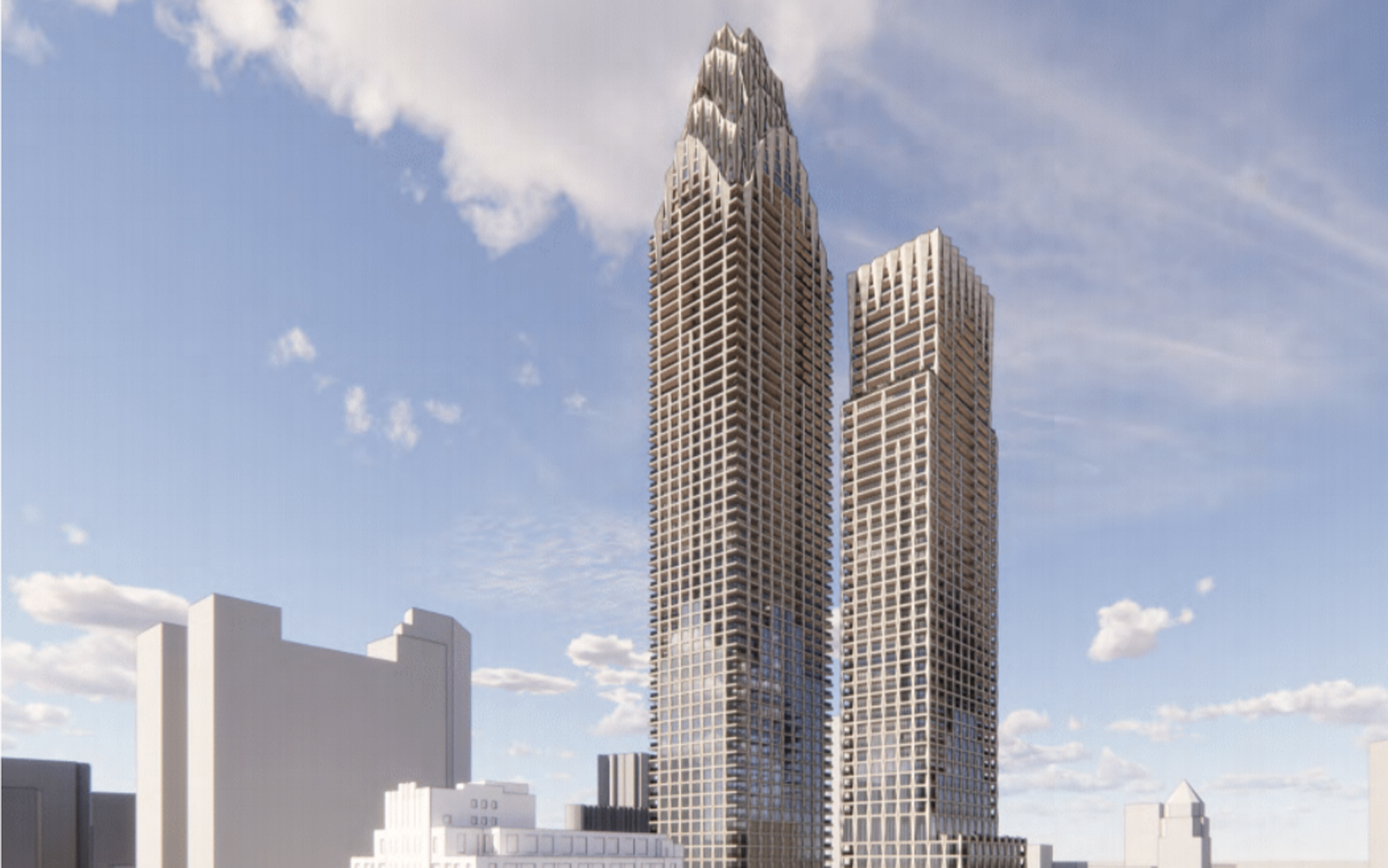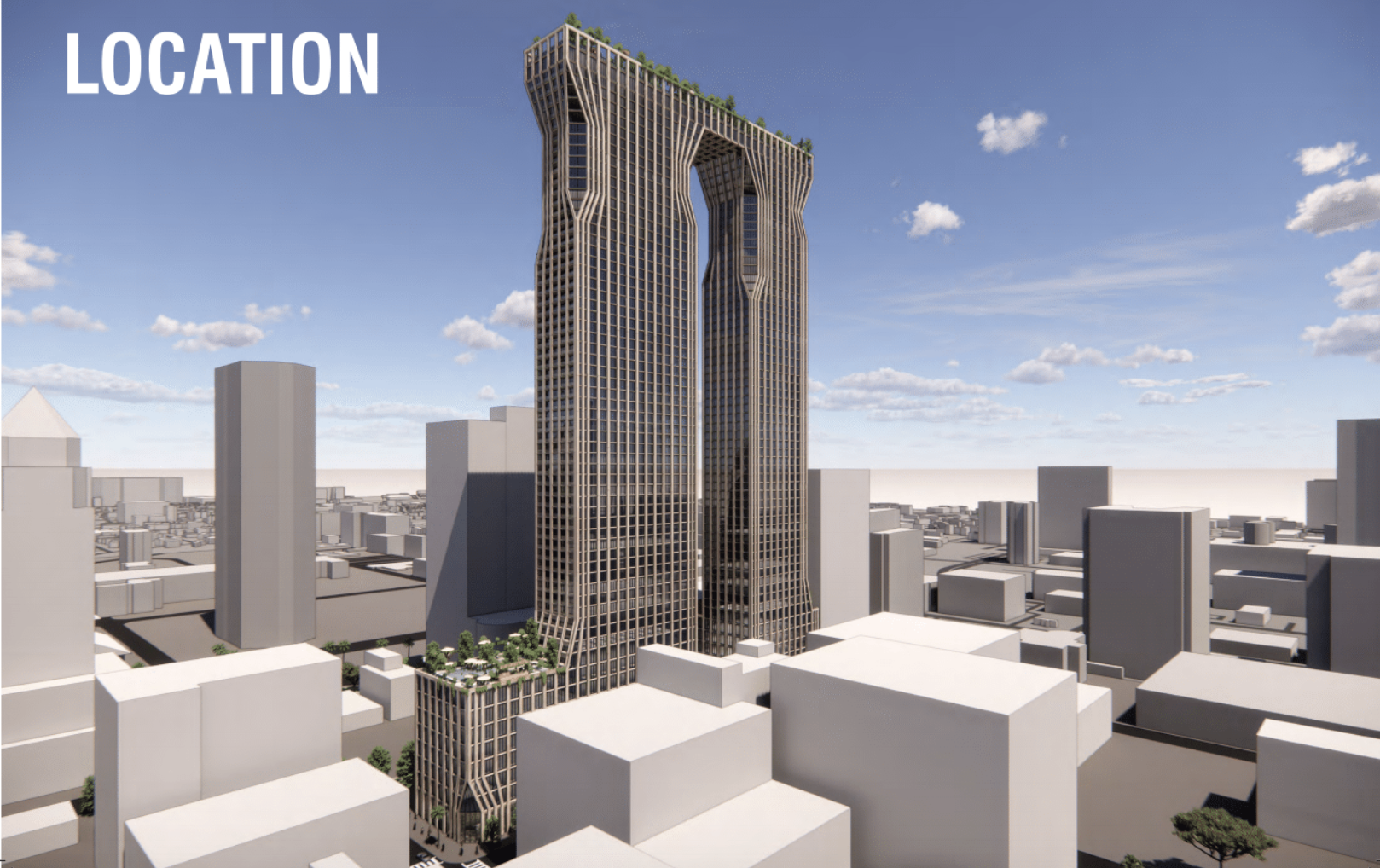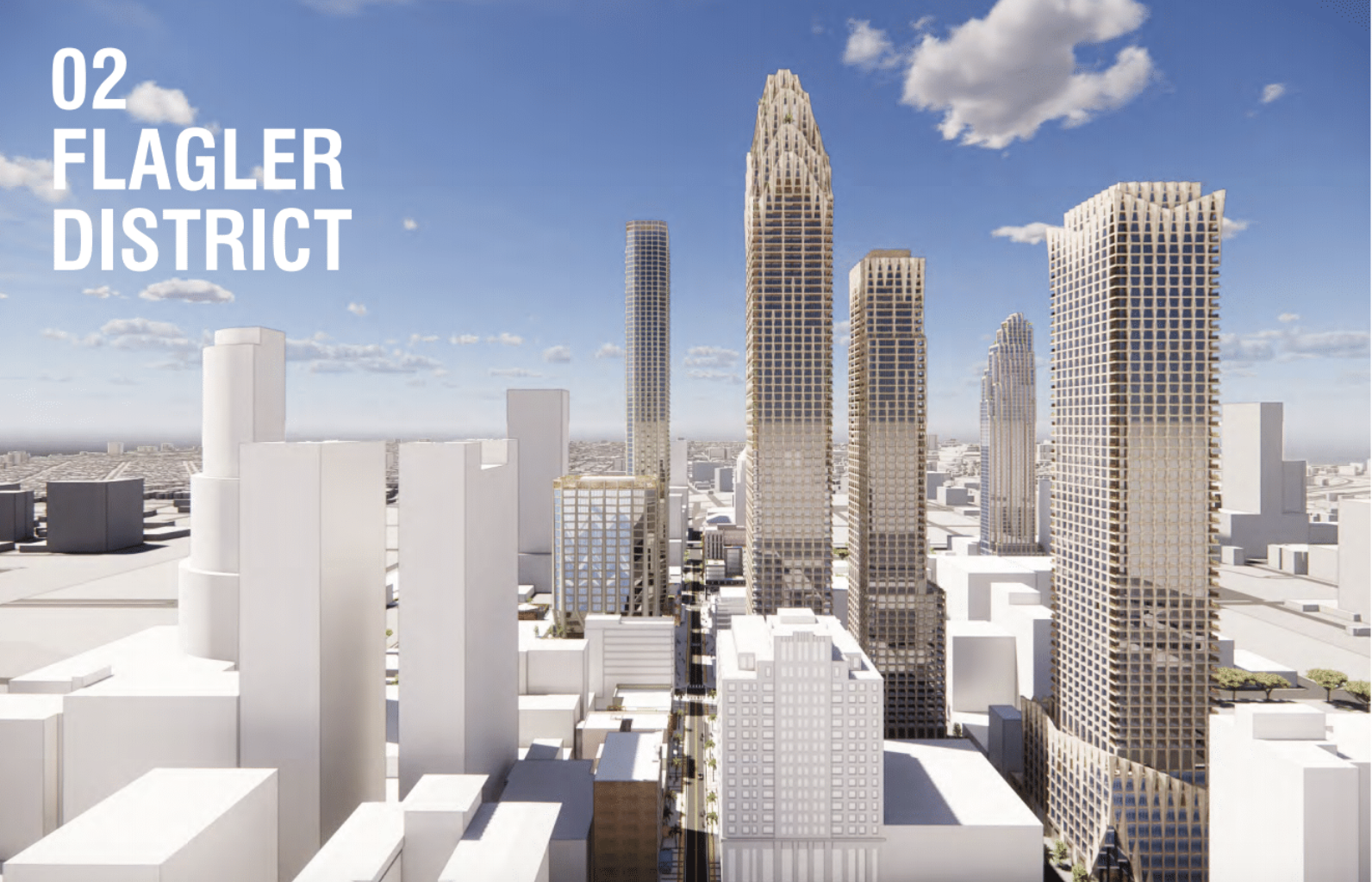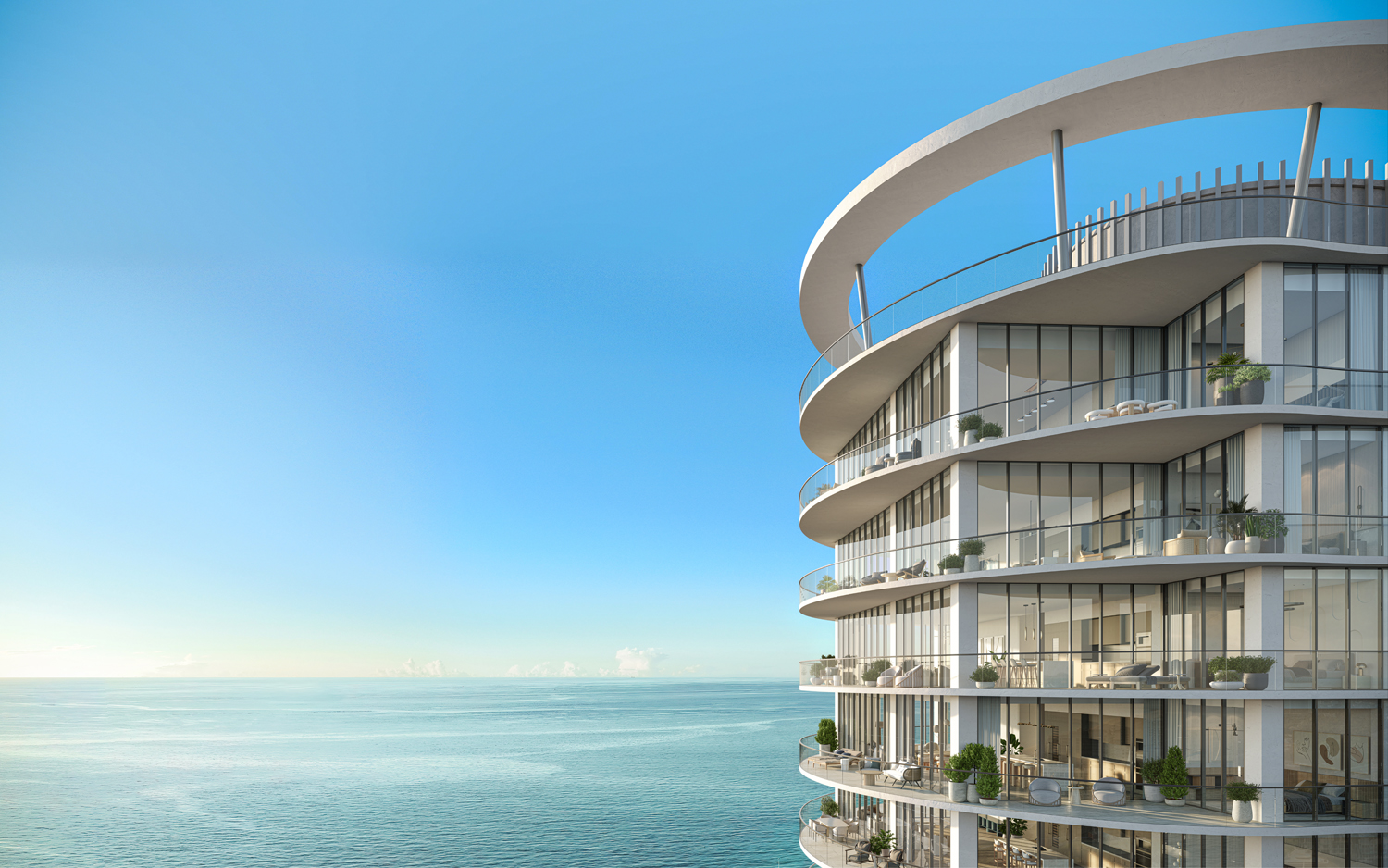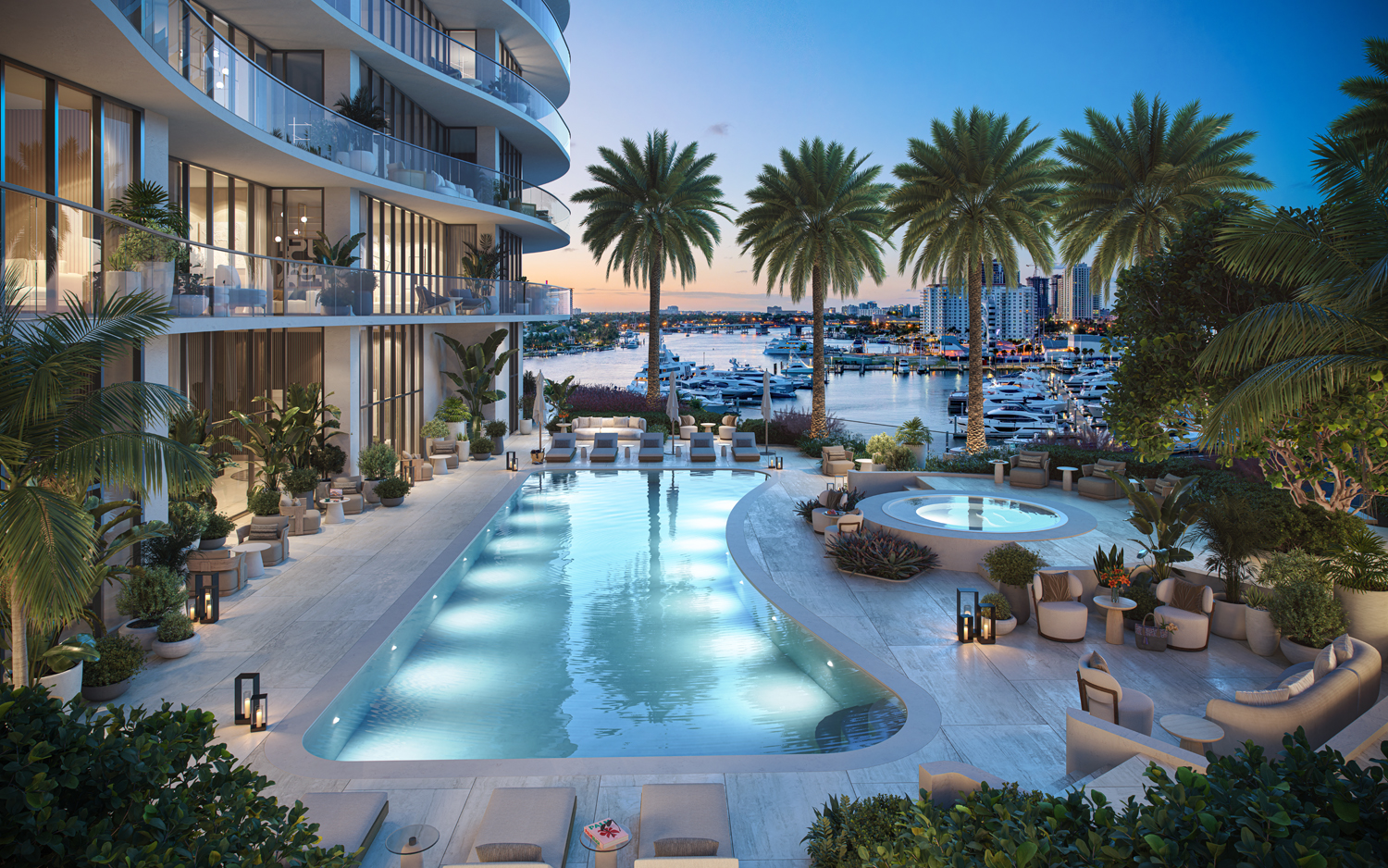Nearly a decade ago, the Ghermezian family unveiled plans for an ambitious project: American Dream Miami.
The Ghermezians’ Triple Five Group, owners of American Dream mall in New Jersey and Mall of America in Minnesota, proposed a sprawling mixed-use, phased 6.2 million-square-foot development with up to 3.5 million square feet of retail space, a massive theme park, 2,000 hotel rooms and more, between I-75 and Florida Turnpike’s Homestead Extension.
But more than nine years after proposing the Miami project, Triple Five has not started construction. The American Dream Miami is just that — still a dream.
The mega project is one of a handful of developments that have yet to come to fruition in South Florida, according to an analysis by The Real Deal. While some are completely stalled, others have been revived in recent years, and a number of projects have started, stopped and started again, or have recently been revived.
Stalled
American Dream Miami
Triple Five Group secured a rezoning in 2018 to build the massive, phased project on about 175 acres in northwest Miami-Dade County, which would mark the largest mall-anchored development in the country. Initial plans for the development called for a 16-story indoor ski slope, a 20-slide water park, a 14-screen 3-D movie theater, and a performing arts center.
International Atlantic, an affiliate of the Ghermezian family’s Triple Five, acquired much of the land for the project from the Graham Companies. The two firms both secured approvals for different megaprojects in 2018, but construction has yet to begin for either. In September, the Triple Five affiliate sued Graham and its subsidiary over a 63-acre land sale that failed to close on time.
Another snag holding up Triple Five is a request to lift a ban on subsidies. The county’s approval in 2018 banned the developer from using county funds, a result of successful lobbying by rival malls that included Sawgrass Mills. County commissioners were expected to vote on the effort to lift the ban in September, but deferred the item.
Miguel Diaz de la Portilla, Triple Five’s land-use attorney, told TRD that the developer “hopes to bring that discussion to the commission soon.” Diaz de la Portilla said the team is also working on submitting its administrative site plan to the county.
Though construction has yet to begin, Diaz de la Portilla said it could start “within the next two to three years.”
City on stilts
Robert Wennett, developer of Miami Beach’s 1111 Lincoln mixed-use garage, revealed plans in 2018 for a Bjarke Ingels Group-designed project, with some of the buildings rising on stilt-like columns.
The 1.4 million-square-foot development would span 8.3 acres between Northwest 21st and 22nd streets, and between Northwest 12th and 13th avenues in Miami’s Allapattah neighborhood.
Miami Produce Center, named in an homage to the site’s historical use as storage and retail space for produce wholesalers, would consist of 1,200 residential units; 227 hotel keys; 230,900 square feet of offices; 97,000 square feet of commercial space; 54,200 square feet for educational uses; 1,078 parking spaces; and 57,000 square feet of civic space, according to a concept book filed to the city in 2019. A development agreement between the city and a Wennett affiliate requires that at least 12.5 percent of the first 600 units be workforce housing, and at least 5 percent of the remaining units be workforce housing.
The project’s wow factor? Three-story high stilts would support four buildings, which span from levels four to 10; and 12-story columns would support the other four buildings, which span from levels 13 to 19, a Miami Produce Center concept book shows.
Miami commissioners gave Miami Produce Center final approval in 2019. Records show no notices of construction commencement have been filed for the site since then.
Wennett couldn’t be reached for comment.
Sabal Palm Village
SPV Realty, tied to New Yorker Justin Podolsky, filed its proposal for a massive redevelopment of the Design Place apartment complex in Miami’s Little Haiti in 2016. Eight years later, approval remains elusive.
The Miami Planning, Zoning and Appeals Board deferred voting on the project from 2018 to 2021. Now, the project has been pending before the city commission for the past three years.
In May, a vote was postponed for the 10th time, Miami records show.
Sabal Palm Village at Flagler Trail would consist of roughly 3,000 apartments; 400 hotel rooms; 168,000 square feet of offices; 296,300 square feet of commercial space; 44,000 square feet for a vocational school; 195,300 square feet of civic space; 249,000 square feet of open space; and 4,782 parking spots, according to plans. It would have 15 buildings, with five to 16-story buildings on the outer edges of the site and up to 20-story buildings in the center of the site. At the heart of the site would be the Katye Green central plaza where Caribbean art, dance and music can be hosted, while Haitian-owned businesses can sell goods at a farmers market.
The 22.5-acre property is at the southwest corner of Northeast 54th Street and the Florida East Coast Railway tracks.
Design Place renters and nearby residents have opposed the project, decrying
continued gentrification of Little Haiti. To appease opponents, SPV vowed it would allow renters at all of Design Place’s 512 units to move into the units at Sabal Palm at the same rents they currently pay, SPV attorney Melissa Tapanes Llahues said in 2022.
The developer declined to comment.
Metropica
Developer Joseph Kavana began buying land in western Broward County in the early 1990s, and revealed plans for Metropica, a 65-acre, master-planned community, more than a decade ago. The assemblage is near the Florida Everglades and next to Sawgrass Mills mall in Sunrise. In 2014, Kavana’s company secured approvals for the city within a city. Since then, though, he has only completed one tower, the 263-unit condo building called Metropica One. It was finished in 2020.
The project may be back on track. In September, Sunrise approved a density boost that would allow the developer to spread the cost to more residential units. Kavana said at the time that infrastructure work could be completed in about eight months, and then construction on a 370-unit rental building would begin.
In all, Metropica calls for 3,300 condos and apartments, 650,000 of office space, 485,000 square feet of commercial space, a hotel and park space.
Last year, Kavana’s firm tapped Avison Young and Karson & Co. to find and structure a joint venture partnership for 48 acres of the property. Kavana said they halted that effort last year because of high interest rates. He hopes to restart that process.
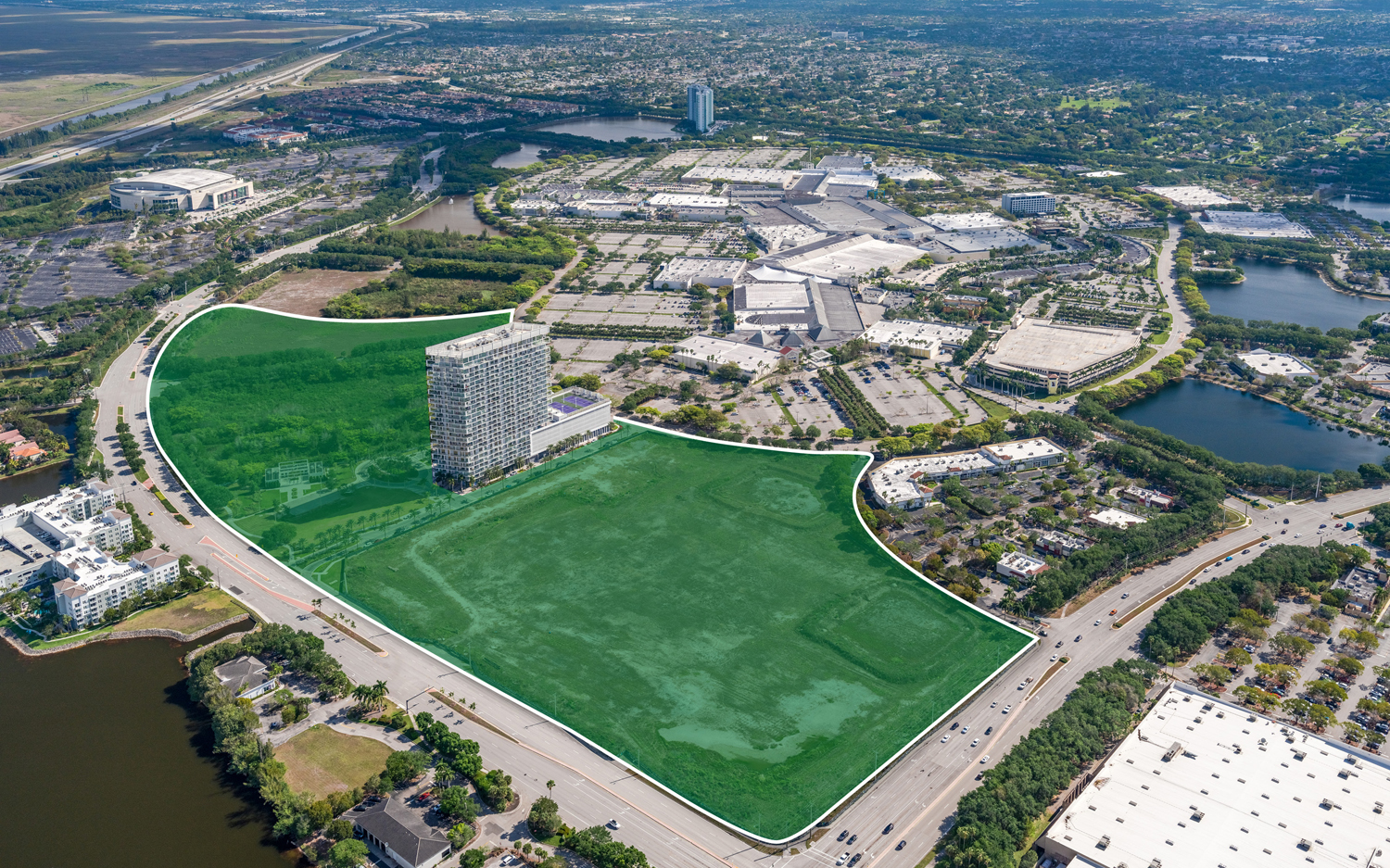
Slow-moving
“We haven’t stopped working”
In 2019, developers scored approval for the Magic City Innovation District.
The 8.5 million-square-foot development would consist of eight residential and seven office buildings rising up to 25 stories, 430 hotel rooms and 340,000 square feet of retail along a promenade. It would transform 18 acres in the heart of Miami’s Little Haiti neighborhood –– roughly between Northeast 60th and 64th streets, and between Northeast Second Avenue and the Florida East Coast Railway tracks –– into a hub for innovation and tech, marketing and communications firms.
Construction on the first tower is yet to start. For now, adaptive reuse of existing warehouses has breathed new life to the area, with buildings nearly fully leased.
“We haven’t stopped working for a moment,” said Neil Fairman, chairman of Plaza Equity Partners.
Plaza Equity, based in the Magic City district, is partnering on the project with Montreal-based Lune Rouge, led by Cirque du Soleil co-founder Guy Laliberté; and Miami-based Dragon Global, led by Bob Zangrillo.
“We are working every day at it, but it’s an enormous task,” Fairman said.
That includes improvements to the streets and sidewalks, undergrounding utilities, platting and other work on the area that had little to no infrastructure work done in the past, Fairman said. The developers are moving Northeast Fourth Avenue to accommodate a future commuter passenger train station. They also faced delays when Magic City opponents sued the city in 2019 over commissioners’ project approval. (The opponents lost.)
Remote work prompted a reevaluation of plans. The planned twin-tower, 500,000-square-foot Station M, modeled after Paris’ Station F startups incubator, was put on the back burner.
Now, Magic City developers plan to build two or three residential buildings first and build an office tower only after preleasing some of the space, Fairman said.
Construction of the first tower, the 25-story Sixty Uptown Magic City with 349 apartments, is expected to start early next year, according to Fairman.
“It’s not like we have put [Magic City] on hold,” Fairman said. “It’s not like we are trying to slow walk it.”
Mana’s “ecosystems”
Developer and investor Moishe Mana plans two of South Florida’s biggest projects in Miami’s Wynwood and downtown. Both are among the longest stalled projects in the tri-county region.
That’s because for Mana, it’s not about developing buildings, leasing them and calling it a day. He’s often described his projects as building an “ecosystem” that creates “connectivity” between the tenants, and between the city and the world.
“I don’t like to build half-assed product,” Mana said. “It’s not about the money. For me, it’s more of a legacy.”
Wynwood:
In 2016, Miami commissioners approved Mana’s 30-acre Wynwood project between Northwest 22nd and 24th streets, and between Northwest Second and Sixth avenues. The plan was for 9.7 million square feet with buildings rising up to 24 stories. Mana overhauled this, moving away from residential and traditional glass office towers in favor of designs that keep Wynwood’s legacy as an architecturally unique neighborhood.
“We need a business center for Miami,” said Mana, who still plans to create an Asia-Americas trade center at the project. “We needed to create cooler buildings.”
The first phase will consist of the 12-story Wynwood Incubator with 220,000 square feet of offices on the northeast corner of Northwest Fifth Avenue and Northwest 23rd Street, according to plans shared with TRD. Renderings show octagonal, pentagonal and triangular-shaped exterior walls. Also, the eight-story Bridge Building office project on Northwest Second Avenue will consist of two buildings connected by a sky bridge over Northwest 22nd Lane, plans show.
The second phase consists of the 17-story Sky Island office tower, the 12-story Wynwood Hotel, the six-story FLX office building, the 13-story Inventor Garage office building and the eight-story H Hotel. Most buildings will have ground-floor retail and restaurant space. The heart of the development will be the Mana Common public plaza next to the existing Mana Wynwood event space.
Construction of the Wynwood Incubator, the first building on tap, is expected to start in early 2026, according to Joe Clark, an architect at Mana’s Mana Common urban revitalization firm.
In the meantime, Mana is working with Florida Power & Light on the planned undergrounding of utility lines.
Downtown Miami:
Mana, who first bought in the area a decade ago and now owns most buildings, has faced multiple hurdles, including the city’s slow permitting process and issues with the city’s Flagler Street improvements, which now is ongoing.
Phase one is the preservation of downtown Miami’s eclectic architecture. The renovation of the 13-story building at 155 South Miami Avenue into the Nikola Tesla Innovation Hub is expected to be completed next spring, said Clark, the Mana Common architect. Fashion showrooms already have opened at 19 West Flagler Street, with renovations expected to be completed in early 2026. Next, the revamp of the 777 International Mall building will start, Clark said.
Other buildings that will be renovated include the City National Bank building, White Building, Biscayne Building and Museum Tower.
Depending on the success of the first phase, Mana’s preliminary plan for subsequent phases is for 4.2 million square feet, according to plans. This could include the Shoreland Arcade with a 60-story and an 80-story tower consisting of 382 condos, 300 hotel rooms and 374 apartments; as well as the 60-story North Shoreland tower with 231 condos and 308 hotel rooms; and the 80-story Flagler Station tower with 432 condos and 300 hotel rooms, according to plans. At 200 North Miami Avenue, Mana plans a 67-story U-shaped tower with 10,000 square feet of offices and more than 1,000 residential units. Mana has been in talks with potential development partners.
“We need to keep some of the [downtown Miami] DNA,” Mana said. “We do not want to build a new Brickell.”
Revived
Miami Beach Convention Center hotel
In 2018, Miami Beach residents approved a referendum for the construction of an 800-room convention center hotel.
Six years later, construction hasn’t started, but the project got a boost last month. Developers Terra and Turnberry scored approval for $92.5 million of public funding to close the construction cost gap for the 17-story project at 17th Street and Convention Center Drive.
The project stalled due to the pandemic and then got hit with elevated labor and construction materials costs. In the meantime, the developers pumped more than $20 million in site preparation. The hotel is now expected to open in 2027.
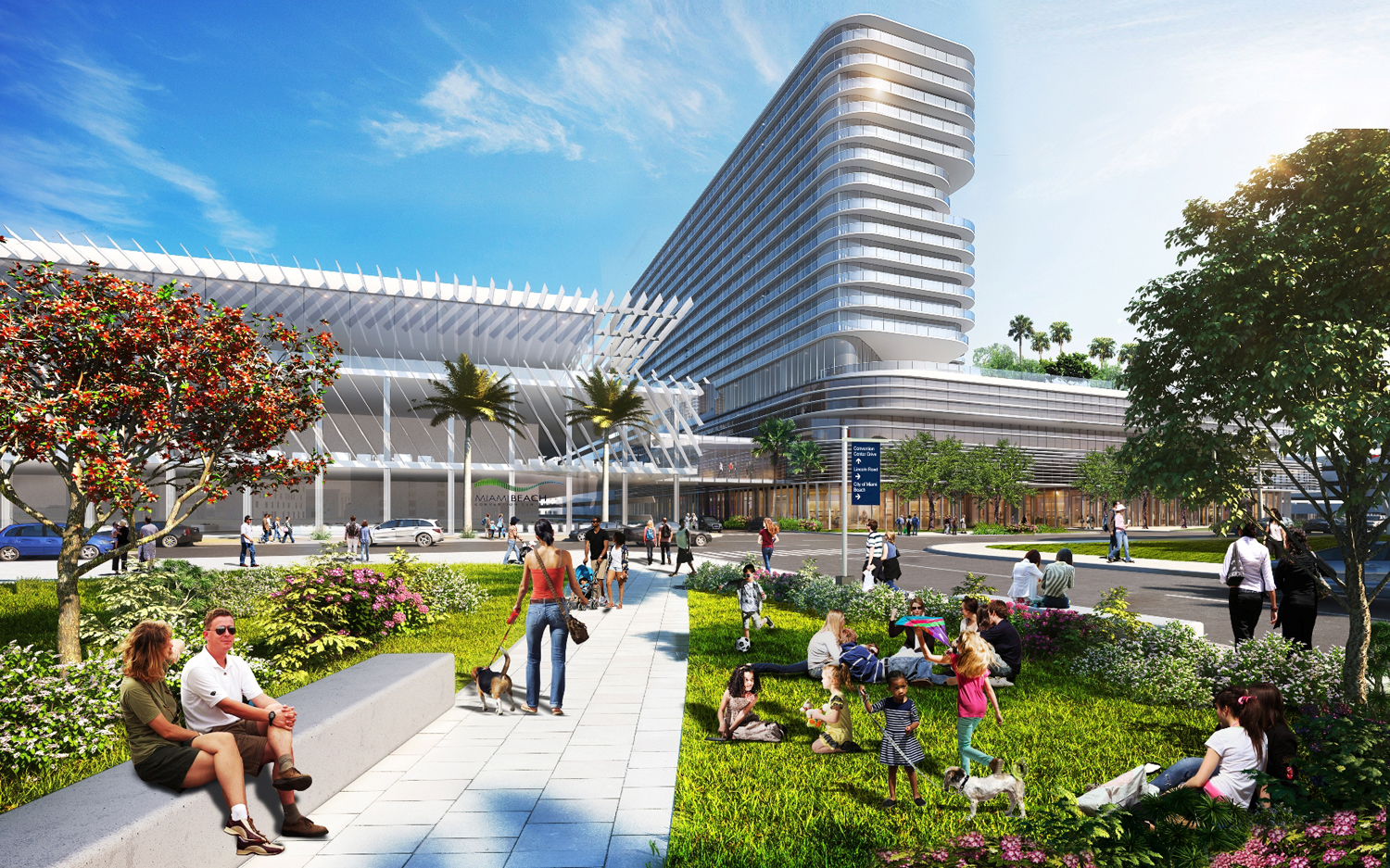
Faena Residences (previously One River Point)
Developer Shahab Karmely’s KAR Properties, then working with hedge fund billionaire Dan Loeb, unveiled plans for One River Point in 2014. The two-tower project, which would connect via a podium and a sky bridge, was designed by the late Rafael Viñoly, who died earlier this year. KAR opened a $3.5 million sales center in 2017, but the 60-story, 386-unit condominium was put on hold as the condo market slowed.
That is, until late 2022, when Edgardo Defortuna’s Fortune International Group bought into the project. A joint venture between KAR and Fortune paid nearly $59 million for the development site with plans to revive the project. The developers then secured a $38 million line of credit from Bank OZK a couple of months later with plans to re-launch the project in 2023.
In October of this year, they unveiled plans for Faena Residences, which will be part of a larger Faena District along the river with a private park, wellness facilities, a marina and public art. Alan Faena is branding the now-440-unit development planned for the site at 90 Southwest Third Street. They are keeping Viñoly’s design, and the sky bridge from plans for One River Point will include a two-story, 45,000-square-foot amenity space that Faena will program.
Units are priced starting at about $1 million, with some asking more than $4 million.
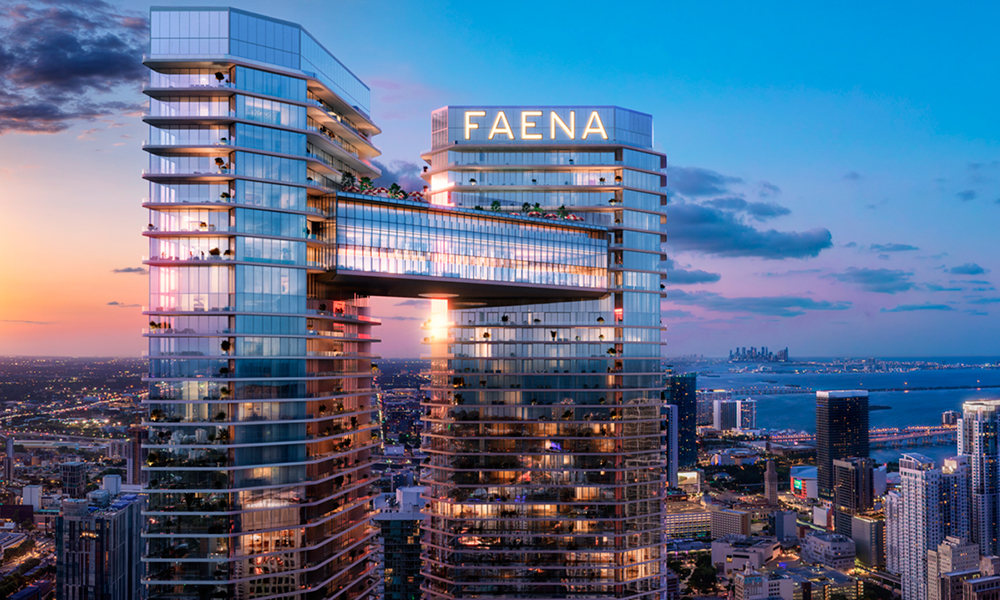
Chetrit Group’s River District
In 2015, the Miami City Commission approved a development agreement and rezoning to allow New York-based Chetrit Group, with its then-partner Ari Pearl, to redevelop a 10-acre site along the south bank of the Miami River. The 4-million-square-foot project could eventually include 1,600 apartments and condos, 30,000 square feet of retail, office space, a marina and parking.
Plans for the project stalled, and Pearl sued the Chetrit affiliate over the money he was allegedly owed for consulting on the project. The lawsuit was dismissed in February 2020, just when the pandemic hit.
By late 2022, Chetrit revealed plans to revive the project with David Grutman’s Groot Hospitality handling the food and beverage programming. Construction began the following year on the first phase, a 54-story high-end rental tower, which is now nearly completed. A source told TRD that Grutman will be running a restaurant in the tower. Retail space and the riverwalk area will be completed in January.
Apartment leasing will likely begin in December, and the building could be completed in February. Two additional apartment buildings and one condo tower are also planned.
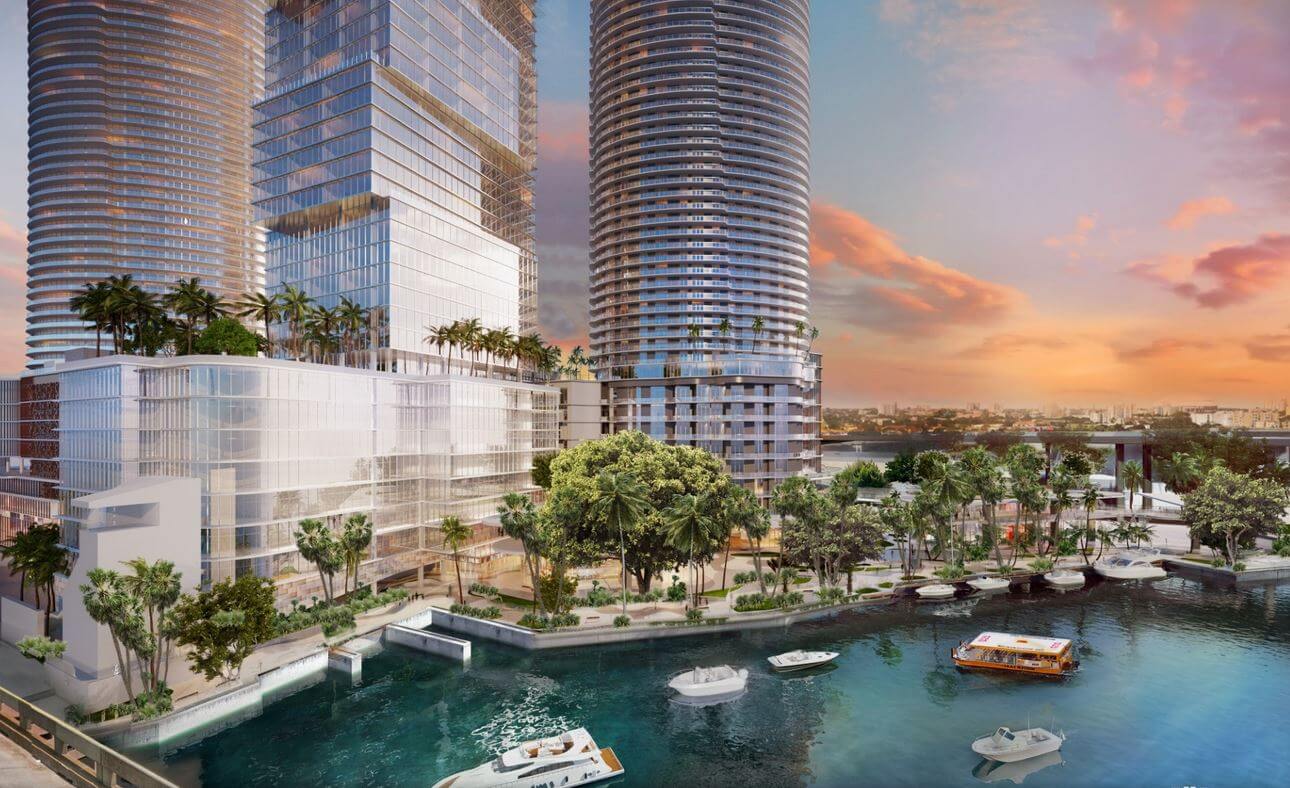
Bahia Mar in Fort Lauderdale
The redevelopment of the existing Bahia Mar in Fort Lauderdale got a new lifeline when the Pérez family’s Related Group entered the picture in 2023.
The planned $1 billion-plus redevelopment of the property at 801 Seabreeze Boulevard has been in the works since at least 2014, with developer Jimmy Tate of Tate Capital at the helm. In 2017, the city of Fort Lauderdale approved a larger version of the project that’s now planned. But the developer faced legal challenges, and the city later rejected its revised plans.
In 2022, Tate Capital secured approval to develop 350 condos and 88,000 square feet of commercial space at Bahia Mar and build a new hotel to replace the existing 296-room DoubleTree hotel. The hotel will have 256 rooms and 60 condo-hotel units. As part of the approval, the city agreed to terminate a lease with the developer that was scheduled to expire in 62 years.
Related joined in 2023. The development team also includes Sergio Rok’s Rok Acquisitions. They recently launched sales and revealed branding for the St. Regis Resort and Residences, Bahia Mar, during the Fort Lauderdale International Boat Show.
The first phase of the $2 billion project calls for two 23-story condo towers with 160 units combined, a 197-key luxury hotel and a private beach club. Douglas Elliman is handling sales and marketing, with prices starting at $4.4 million for the traditional condos and $2 million for the condo-hotel units.

